5 Free Historical interior transparent PNG images
Explore our captivating collection of Historical Interior images, featuring 5 free AI-generated visuals. Immerse yourself in a diverse array of stock photos, 3D objects, vectors, and illustrations that bring the past to life. Enjoy high-resolution downloads and utilize our innovative 'open in editor' feature to customize prompts, allowing you to recreate historical spaces exactly as you envision them.
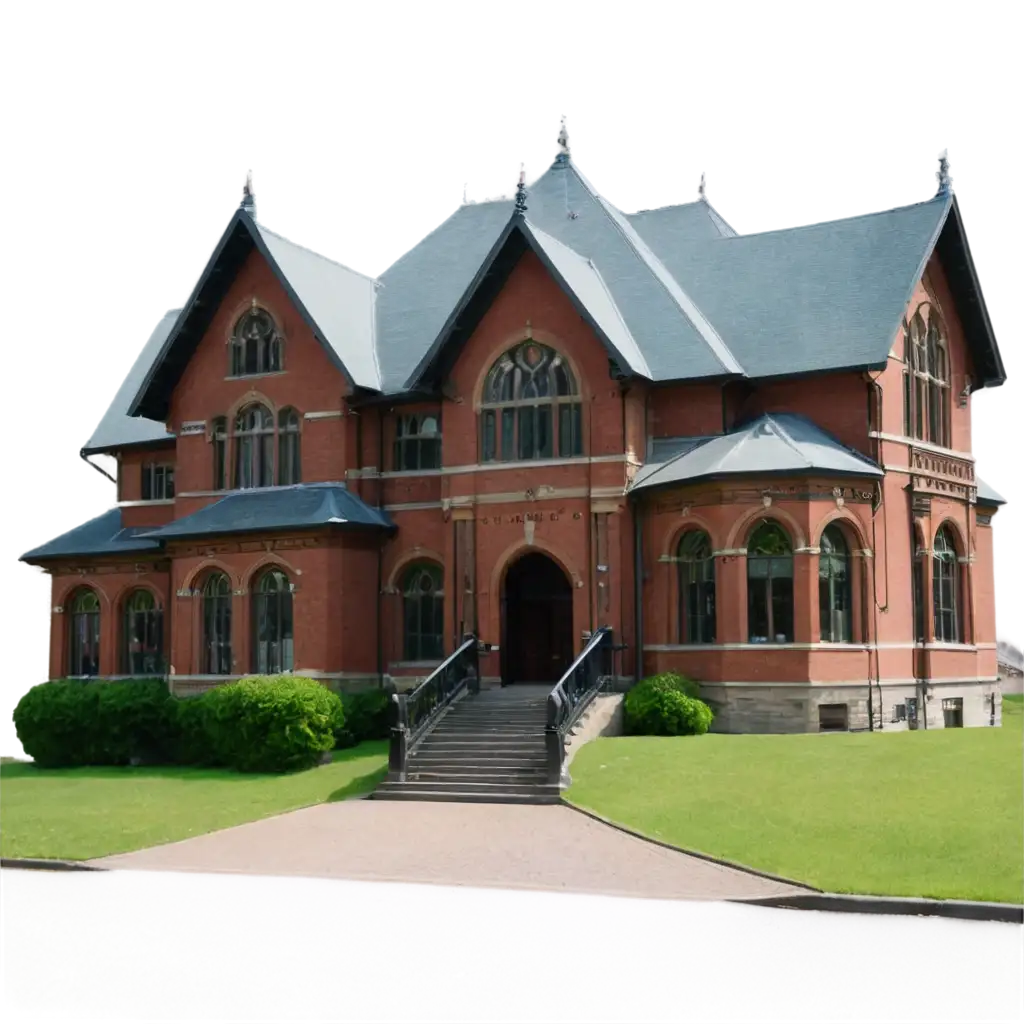
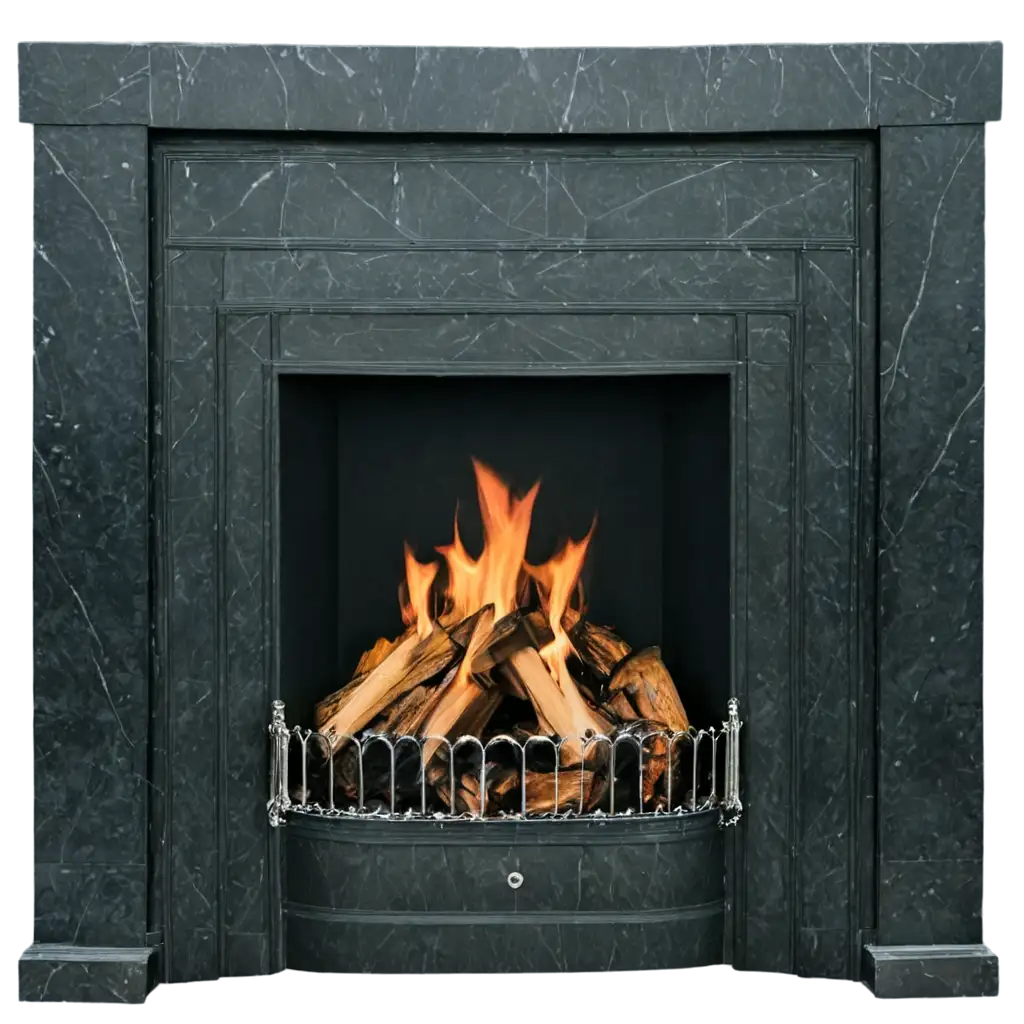
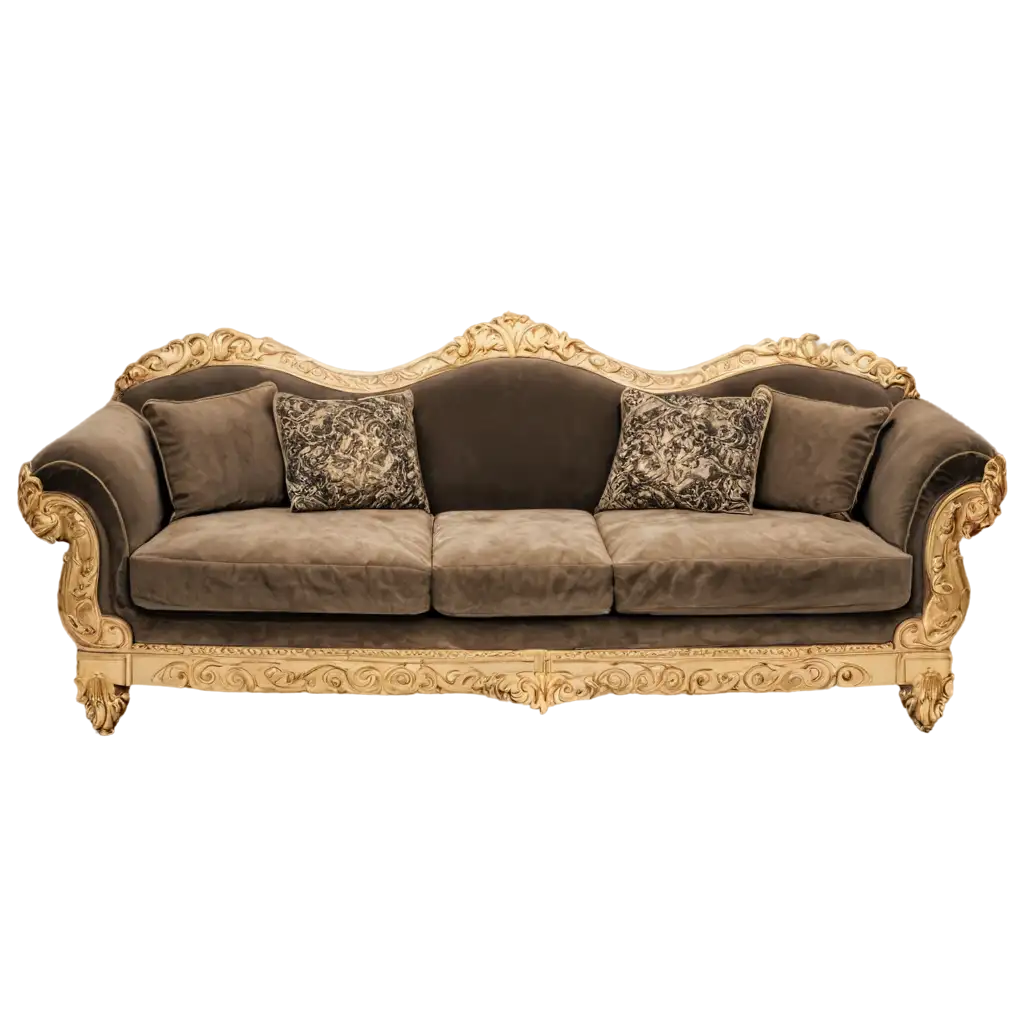
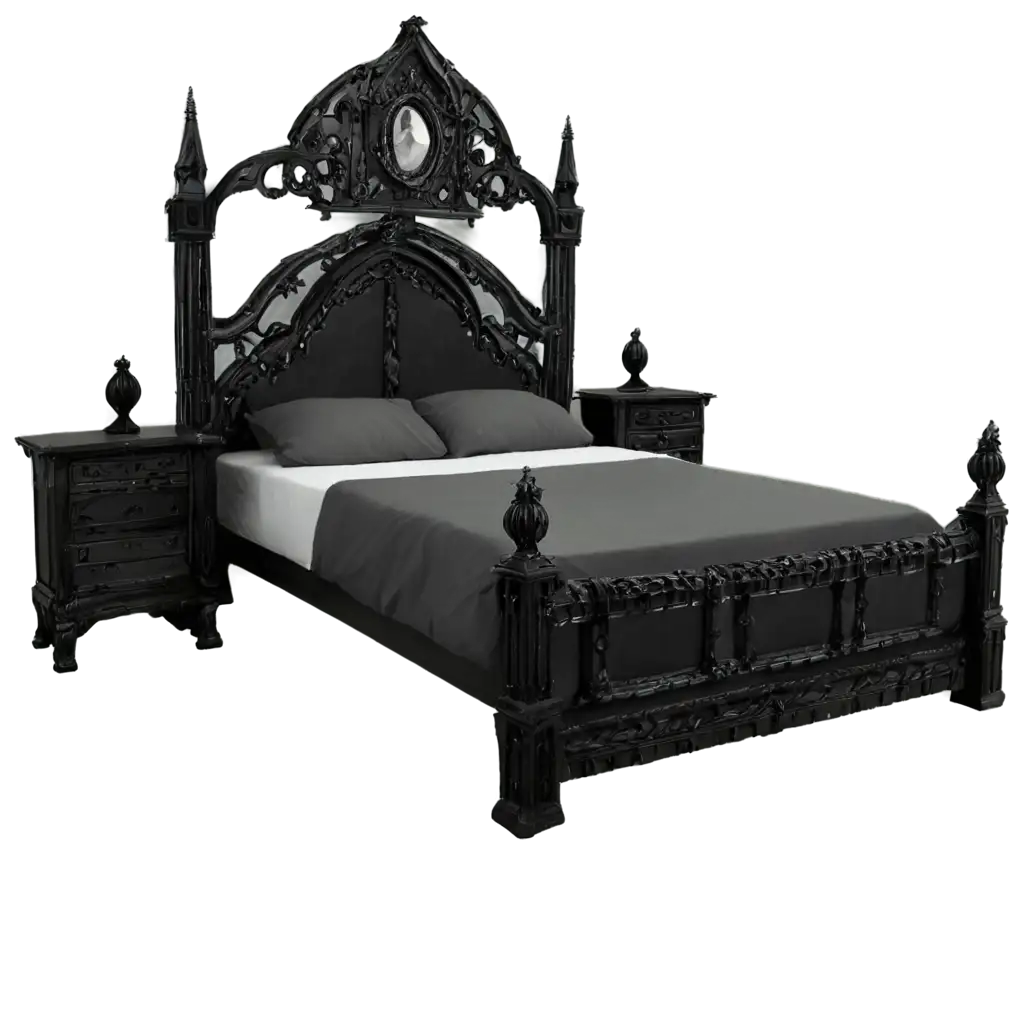
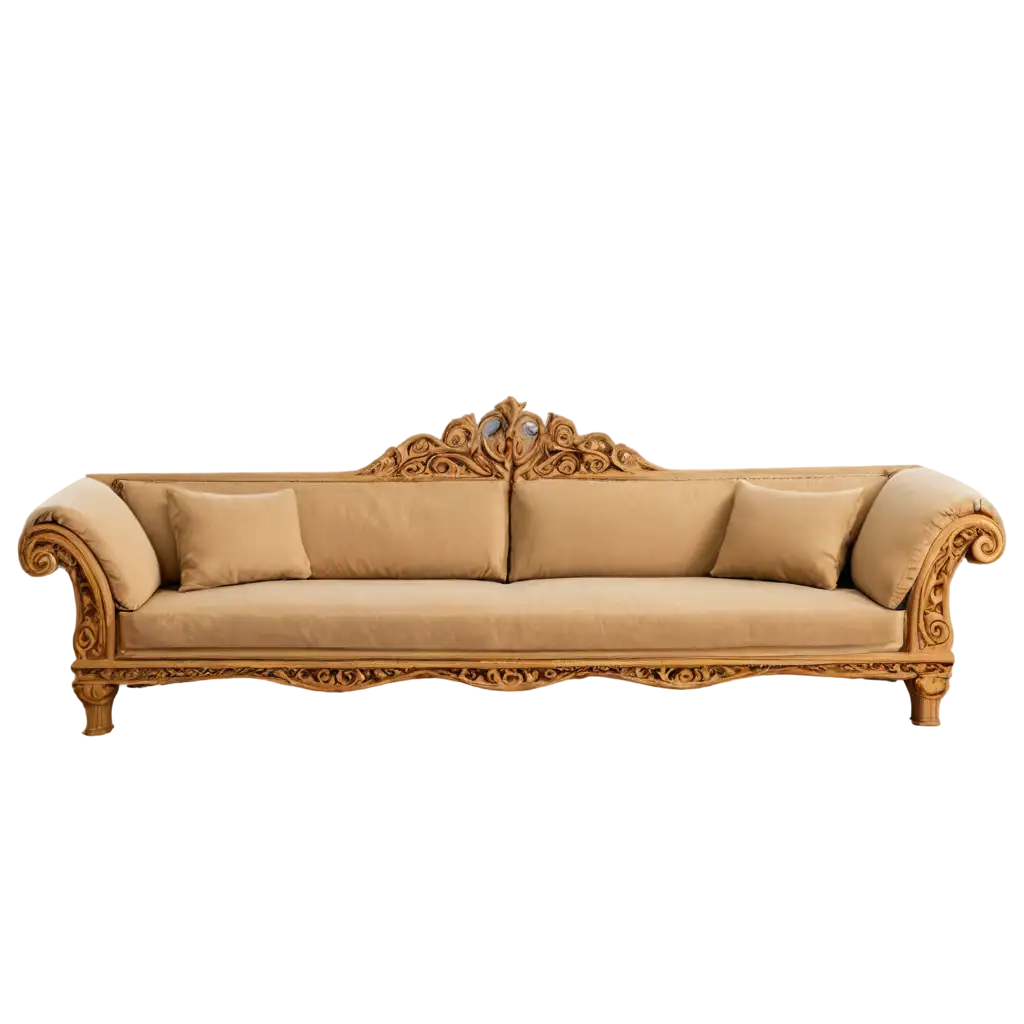
Related Tags
Historical interiors encompass the design, decoration, and furnishing styles of past eras, offering a glimpse into the living spaces of our ancestors. These interiors range from ancient civilizations to more recent periods like the Victorian or Art Deco era. They reflect the societal norms, technological advancements, and aesthetic preferences of their time. Historical interiors often feature period-specific elements such as ornate moldings, vintage furniture, traditional color palettes, and authentic decorative items. Understanding these interiors is crucial for historians, designers, and enthusiasts alike, as they provide valuable insights into the daily lives and cultural values of different historical periods.
Defining Historical Interiors: A Journey Through Time
Historical interior images typically showcase distinctive features like grand staircases, intricate wallpapers, antique furniture, and classic architectural elements. These visuals are invaluable for various applications, including film and television production, where set designers rely on accurate historical references. In the field of restoration and preservation, these images serve as crucial guides for maintaining the authenticity of heritage buildings. Additionally, interior designers and architects often draw inspiration from historical interiors to create spaces with a timeless appeal or to incorporate vintage elements into modern designs. Educational institutions also utilize these images to teach art history, cultural studies, and design principles, making them a versatile resource across multiple disciplines.
Key Characteristics and Applications of Historical Interior Imagery
The evolution of historical interiors reflects the changing tastes and technological advancements of different eras. From the opulent Renaissance palaces with their frescoed ceilings and tapestries to the minimalist aesthetics of mid-20th century modernism, each period has its unique characteristics. Notable styles include the ornate Baroque and Rococo interiors of the 17th and 18th centuries, known for their extravagant decorations and gilded surfaces. The Georgian era brought about more refined and symmetrical designs, while Victorian interiors were characterized by dark colors, heavy draperies, and eclectic decorative elements. The Art Nouveau and Art Deco movements of the early 20th century introduced organic forms and geometric patterns respectively, marking a significant shift towards modernism. Understanding these different styles is crucial for accurately representing or recreating historical interiors in various contexts.
Styles and Evolution of Historical Interiors Through the Ages
Historical interiors continue to exert a strong influence on contemporary design trends. Many modern designers incorporate elements from different historical periods to create eclectic, layered spaces that blend the old with the new. This trend, often referred to as 'modern vintage' or 'neo-traditional,' has gained popularity in both residential and commercial design. Historical interior features like crown moldings, wainscoting, and vintage light fixtures are frequently used to add character to modern spaces. Additionally, the resurgence of interest in craftsmanship and sustainable design has led to a renewed appreciation for traditional techniques and materials used in historical interiors. This fusion of past and present not only creates visually interesting spaces but also fosters a sense of continuity and connection to our cultural heritage, demonstrating the enduring relevance of historical interiors in the modern design landscape.
The Impact of Historical Interiors on Contemporary Design Trends